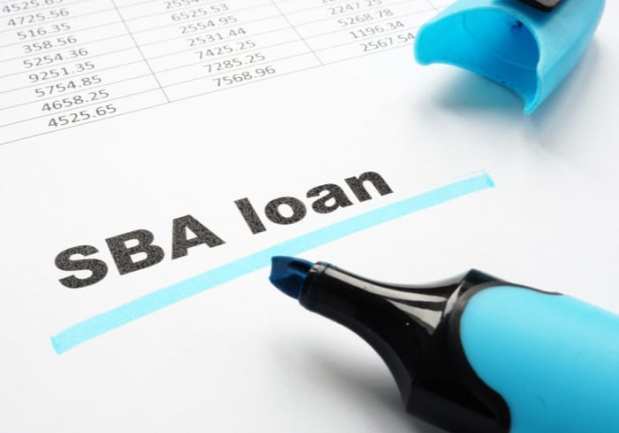PPP Loan Program To Reopen Monday

The Small Business Administration (SBA) expects to start taking applications on Monday (April 27) for the second round of the $310 billion Paycheck Protection Program (PPP) after President Donald Trump signed the bill on Friday (April 24).
The SBA said in a statement that it “will resume accepting PPP loan applications on Monday, April 27, at 10:30 a.m. ET from approved lenders.”
Individual banks are gearing up to restart the program as well. For example, Bank of America noted in an online posting that the program is reopening, but noted that “clients who have already submitted an application do not need to re-file a new application with us. … We will update you at each step of the process.”
“The PPP has supported more than 1.66 million small businesses and protected over 30 million jobs for hardworking Americans,” Treasury Secretary Steven Mnuchin and SBA Administrator Jovita Carranza said in a joint statement. “With the additional funds appropriated by Congress, tens of millions of additional workers will benefit from this critical relief.”
Trump signed into law on Friday (April 24) a $484 billion COVID-19 rescue bill that includes $310 billion in new money for the PPP. The first PPP funding was depleted within days of being released on April 3.
The new funding round reserves $60 billion for community banks and small lenders, $75 billion for hospitals, $25 billion to support testing, $60 billion for small lenders and $60 billion for emergency disaster loans and grants.
Small business owners who have not yet applied for the PPP can do so through an eligible lender like a local bank. Lenders are already in overdrive helping the backlog of customers in the pipeline from the first round of funding that ran out earlier this month.
The administration’s PPP program guidelines and the SBA’s search tool can help direct businesses to the appropriate PPP lenders.
PYMNTS recently surveyed more than 500 SMBs and many reported a “COVID-19 cash chasm,” with cash available for just a matter of days or weeks even though they expect the crisis to last longer than that.
